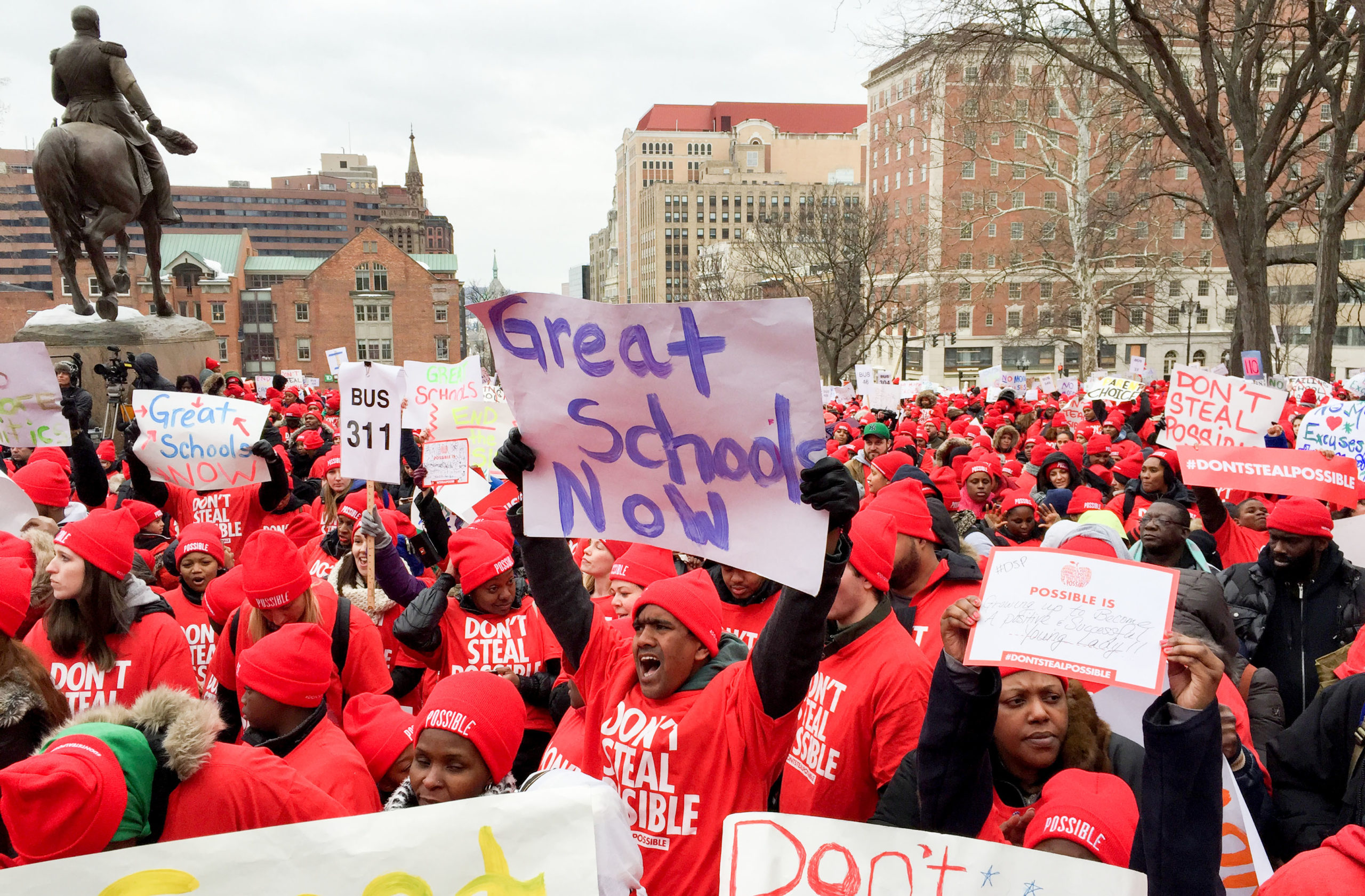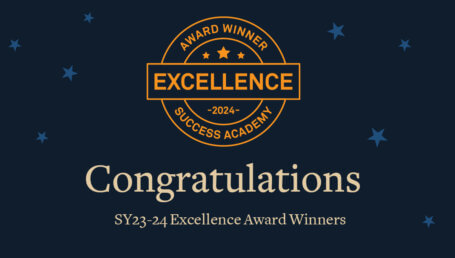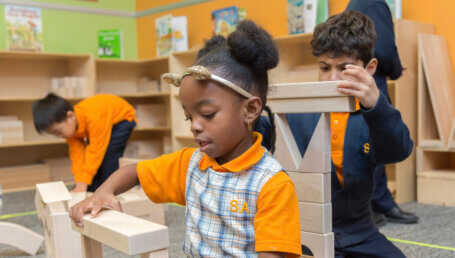
I believe in school choice because I think every child should have the same chance I did to go to a school that works for them regardless of who their parents are, the color of their skin, or their zip code. And while I support the work of people trying their best to fix traditional public schools, I don’t think any child should have to wait to see if the promise of progress in those efforts becomes a reality.
At Success Academy I see kids with all the potential in the world who finally have the chance to become the people they were meant to be. I work hard on the board, and fight for our freedom, and our students, because I see bright futures for all of our scholars and because I know many of them will one day make the world a better place for us all.
This piece was originally published in the Hechinger Report.
Fire is a gift from the gods, but it’s still hard to watch your neighborhood burn.
There was no CVS on the corner of Pennsylvania and North Avenues in West Baltimore — or Penn North as folks from the area call it — but I know the corner like the back of my hand.
I spent what seemed like half of my life waiting for buses or subways there to take me to schools far from where two black boys — myself and, many years later, Freddie Gray — both grew up and one died too soon.
Those long rides took me to Harford Heights Elementary over on the east side. Or Roland Park out in its magnificent planned community. Or eventually St. Paul’s, with its stunning view of TV Hill, which was tall enough that it almost hid the city. The blessings of my life kept making the circle bigger, and I kept going further away to get to them.
The young people of Baltimore desire and deserve more from their cornerstone institutions, schooling chief among them.
I never thought things were rough in my neighborhood when I was a kid. I thought they just “were.” But the older I got the more my life became a focused square of activity because of those rough streets. School, sports, home at night, dinner, then the blue chair in my grandma’s Baker Street living room where I fought to stay awake and master the quadratic formula. In retrospect, a lifetime of dinner conversations and events make the haze of memories of growing up in Baltimore’s Sandtown-Winchester crystal clear.
My grandma talked about redlining, a lot. My friend Stuart, a big redheaded black kid a few years older than me who lived on Calhoun Street, was shot and killed. Grandma got mugged while walking home from church one morning. I’d been beaten up and had my bike taken from me. All the streets around us — Stricker, Presstman, Gilmor, Gold — loomed with their own sort of eerie malevolence. In a city of neighborhoods, mine was exactly one square block.
I did not have much perspective on how rough Sandtown had become until reading about the death of Freddie Gray. A 2011 community profile of the neighborhood, which was cited in a Baltimore Sun article, showed that unemployment and poverty are about a double the citywide average and that between 2005 and 2009, one-quarter of the area’s juveniles had been arrested. Rates for domestic violence, shootings, and lead poisoning were also high.
Reading the details was devastating. Seeing the flames over the CVS was even worse. But having a life of experience that helps you divine the deeper “why” of it all is, perhaps, the most terrible part of it all.
I get a lot of resistance for my efforts broadly in education reform and, very specifically, for my work on and deep belief in school choice. According to the criticism I am part pariah, part pushover. A mix of equal measures shill and destroyer. The owners of these opinions, until the Gray tragedy, would likely not have been able to find Penn North on a map.
But it’s exactly because you grow up in Sandtown that you know the value of an excellent school which you get to attend regardless of who your parents are, how much money they make, or where you live. While watching students of Frederick Douglass High School throw rocks at police across the Gwynns Falls Parkway, all I could remember was my first trip to that school. I arrived as a visitor and an athlete — not a student — at what would have been my zoned public school. There was glass in the grass of the end zone; I was the only one of my classmates who knew to look for it.
It’s precisely because your grandma, Daisy, was angry about redlining all those years ago that you understand school segregation and how deliberate and purposeful its effects and reemergence have been.
And it is absolutely because you know that, but for the right school, and the shining fingertip of providence, you are Freddie Gray.
In a world of infinite timetables for school improvement that are rarely if ever reached, choice is the most powerful way to create new worlds of possible for kids who are destined to have so little possible for themselves.
While the status quo argues over who gets to educate our kids, no one is educated. While they fight over who runs our schools, our kids run for their lives. And while they deter necessary and aggressive change at every turn, nothing changes. This complacency and defense of the indefensible must end.
Freddie Gray’s death is found at the intersection of numerous oppressive systems that, as I’ve written about before, are working precisely as intended. While the protesters try to show their profound rage peacefully, and the anarchists hurl the gift of fire at buildings and property and commerce, what’s plain is that one of those oppressive systems is schooling — assigned by where you live and not what you need. Propped up as an institutional concern while many of our children and their parents are simply concerned about survival. And floundering in the hot sun of public scrutiny for its inability to save the lives it now must. The young people of Baltimore desire and deserve better from their cornerstone institutions, schooling chief among them.
Prometheus faced an eternity of suffering for giving us that gift of the gods, fire. And like all gifts, it consumes, as it already has done in the neighborhood of my youth. Or it lights the way. For the sake of all the young Freddie Grays in that neighborhood — and neighborhoods like it across Baltimore, Maryland, and America — for whom education is the only way out, it must be the latter.








